Unbelievably, it's been 25 years since a micro-budgeted film with an unusual name arrived in Sundance and quietly, slowly, blew the world away. Reservoir Dogs is that film, and two-and-a-half decades later, Empire has gathered all the key players for a 16-page retrospective in our latest issue (on sale now{
1. The Opening Scene
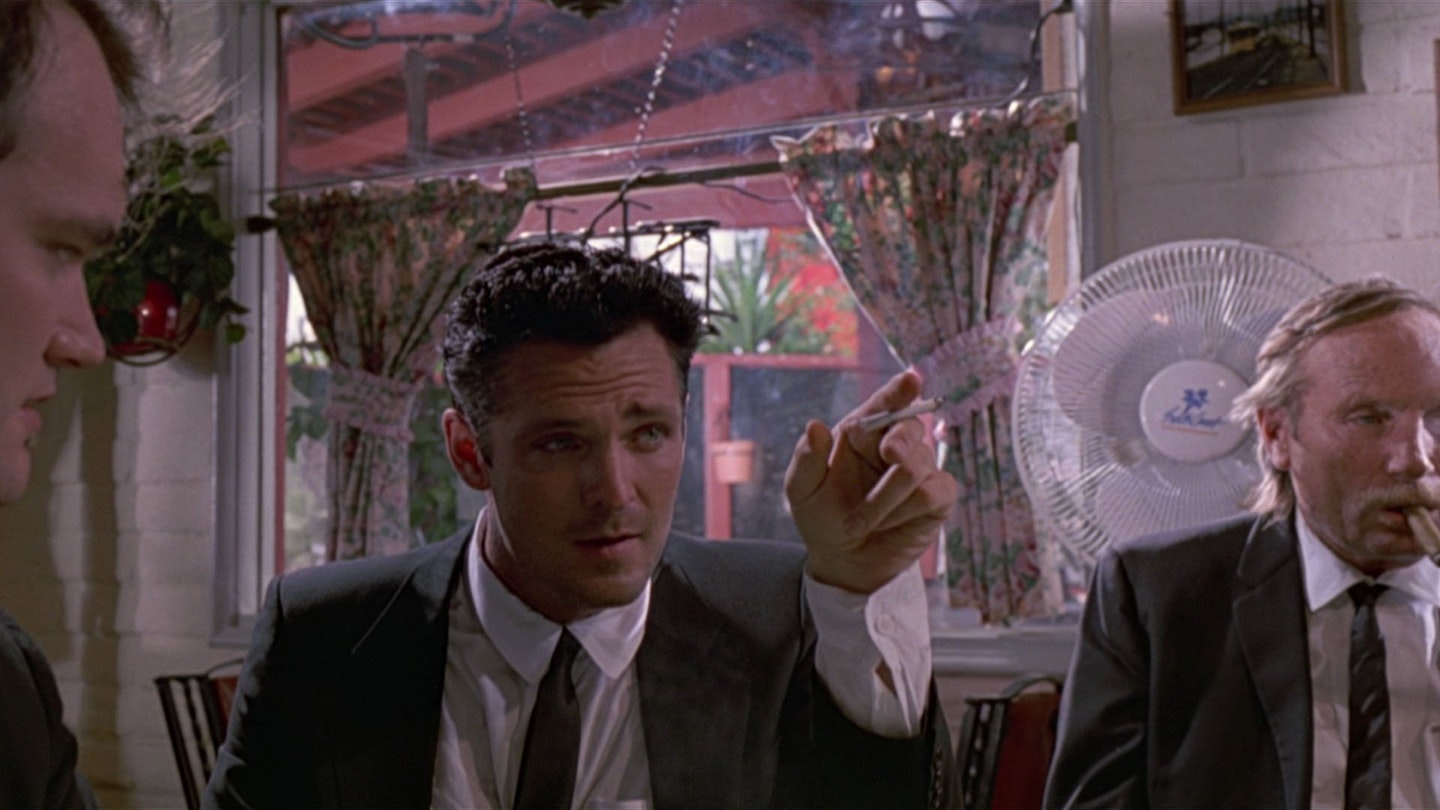
"Lemme tell you what Like A Virgin's about..." Setting out its stall with an audacious sense of style and confidence, Reservoir Dogs' prologue is a brilliantly-written introduction to our characters, riffing on pop culture, the merits of tipping, and grumbles about an old address book. And in between this relaxed conversation, we get little hints to the nature of these men ("You shoot me in a dream, you better wake up and apologise!"). To quote another of his characters, Tarantino had our curiosity, but now – before the opening titles even rolled – he has our attention.
2. K-Billy's Super Sounds Of The Seventies
An ingenious way to work a soundtrack into the plot, Steven Wright's languid, emotionless DJ allows Tarantino to indulge his love of 1970s rock and funk – and leads to some of the best song choices in modern cinema, from The George Baker Selection's Little Green Bag over the opening credits to Harry Nilsson’s Coconut over the closing, and Stealers Wheel's Stuck In The Middle With You during that scene. As much a music nerd as he was a film geek, Tarantino wrote his script with songs in mind, shaping scenes around songs he liked.
3. The Dialogue
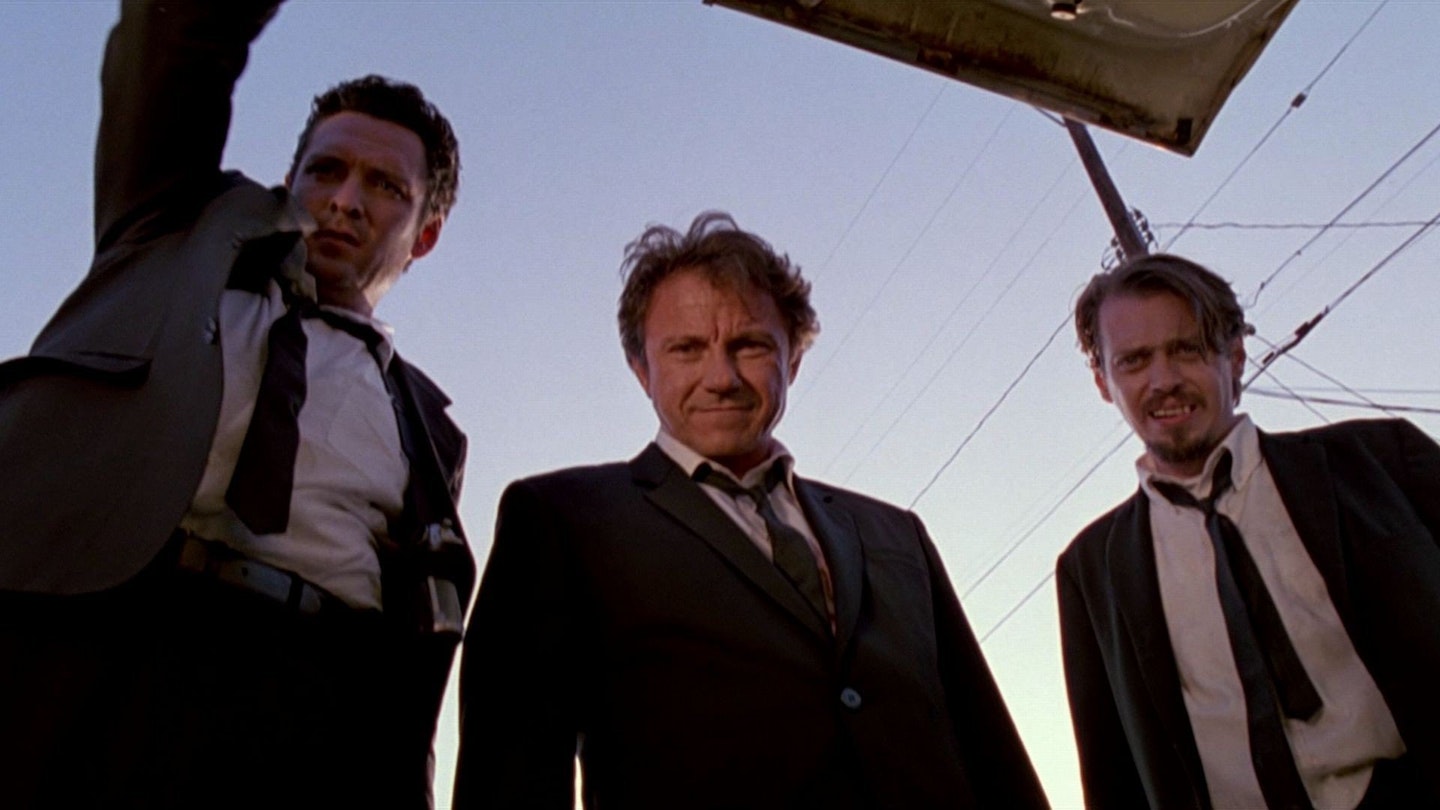
True Romance and Natural Born Killers came out around the same time, but for much of the world, this was the first time we heard a Quentin Tarantino script come to life in its purest, uncut form. From that opening scene onwards, dialogue crackles off the screen: it's tough and gritty, littered with swearing and politically incorrect epithets – but it feels real, brimming with long, authentic-sounding anecdotes and sparkly one-liners that weave a believable world before our eyes. "I don't write dialogue," Tarantino once explained, "I get [my characters] talking to each other."
4. The Ear Scene
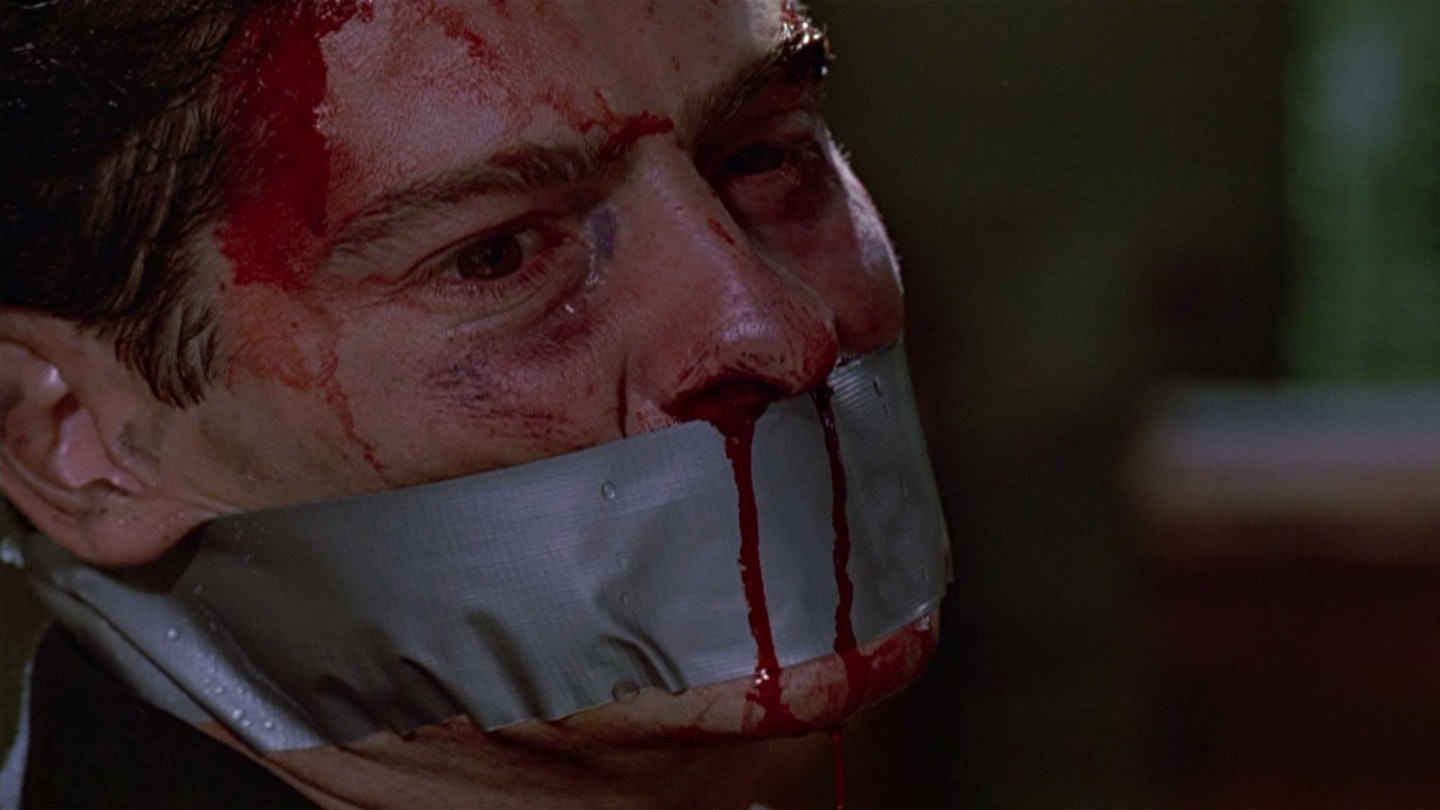
Enshrining itself almost immediately in the hallowed halls of pop culture iconography, the scene where Mr Blonde (Michael Madsen) dances around a warehouse to Stuck In The Middle With You before slicing a cop's ear off still leaves a searing impression. Never mind that the camera actually pans to the left, not showing the act explicitly: it was enough to generate walkouts in early screenings (including, reportedly, horror director Wes Craven), and ensure the film's reputation as an exciting and violent excursion into new cinematic territory.
5. The Structure
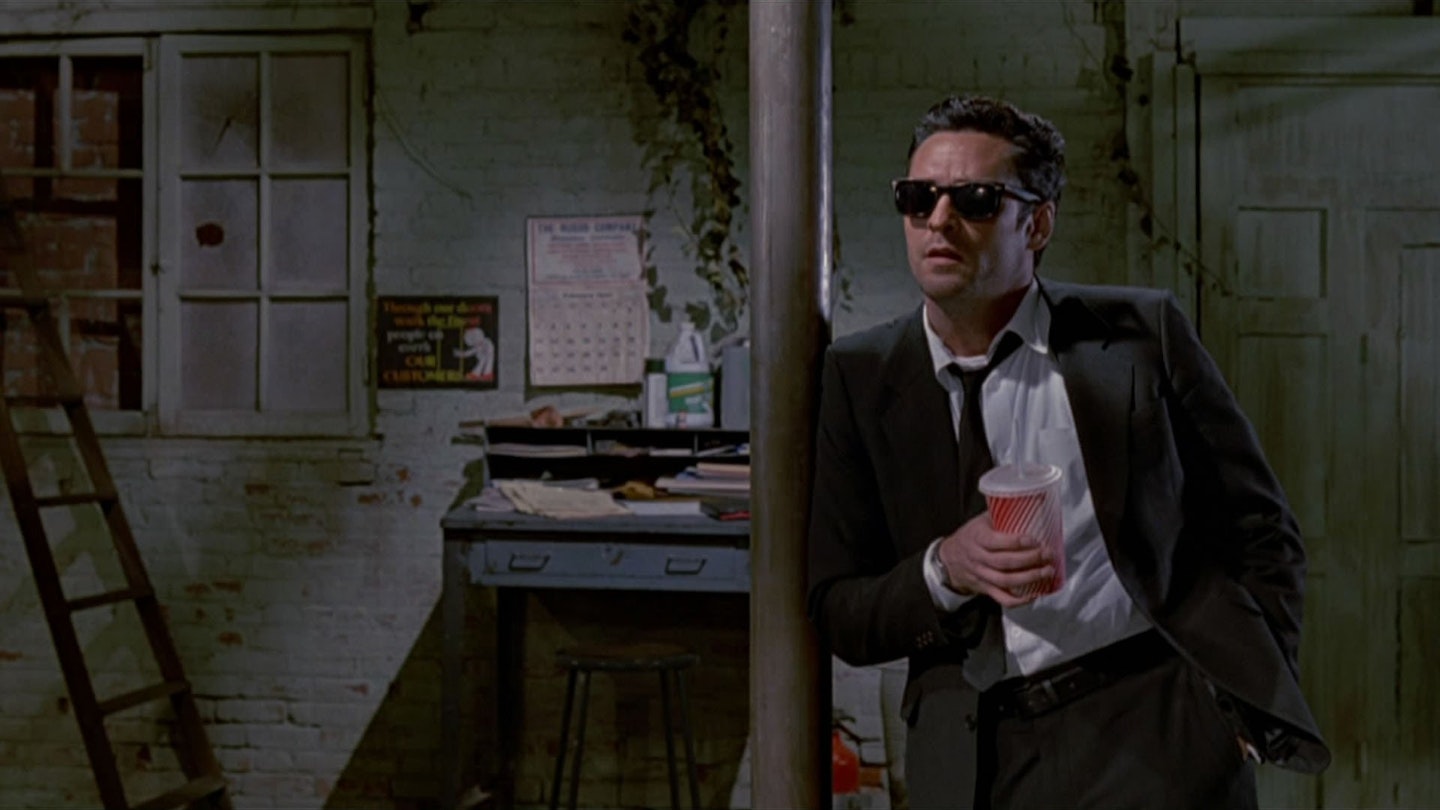
Part of what keeps Dogs so fresh after so long is its nonlinear narrative, a favourite tactic of Tarantino's. It's not quite as structurally daring as Pulp Fiction, but the film still jumps back-and-forth with merry abandon, offering backstory for Mr Orange, Mr Blonde and the Cabots, and even offering hints of the heist's chaotic aftermath in echoes of Stanley Kubrick's The Killing, a significant influence.
6. The Colour Codenames
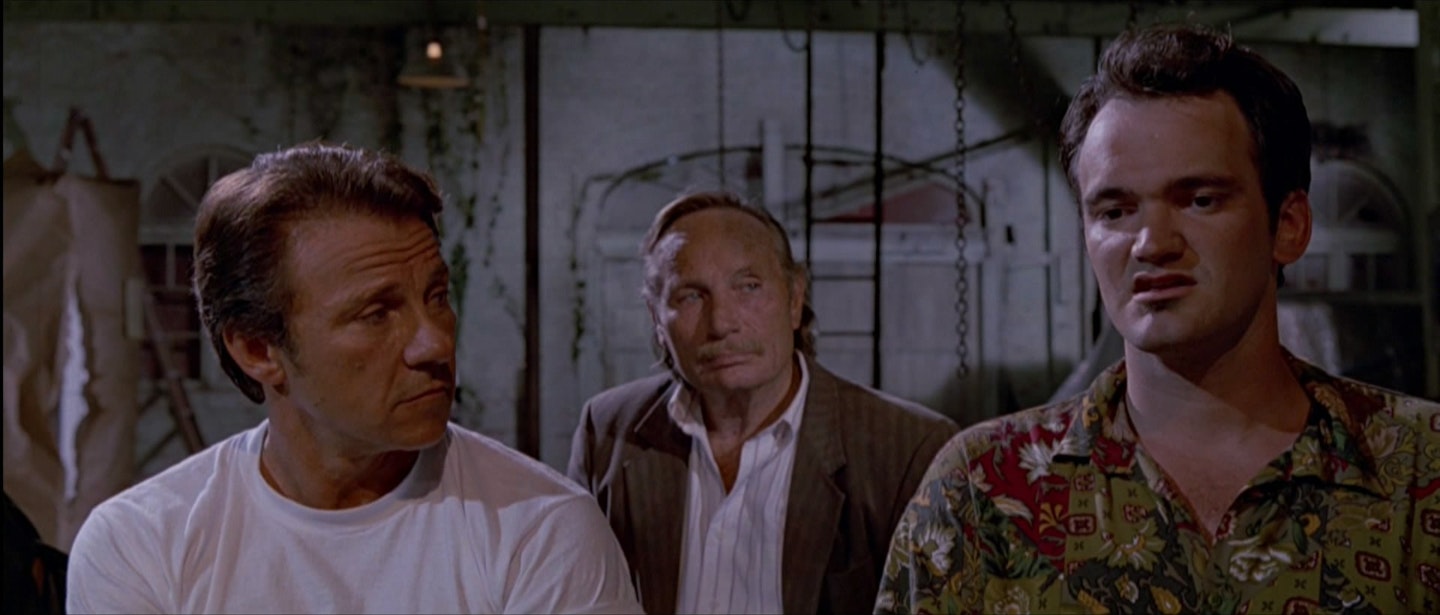
Heavily influenced by a similar tactic in The Taking of Pelham One Two Three, the colour aliases add to the film's enduring mythology, ensuring the characters are instantly recognisable. They've have become a source of fascination for fans in the 25 years since release, with many internet head-scratchers pondering the deeper meaning behind each colour; one commentator even compared the film to a "feudal epic" and paralleled the pseudonyms to colour names of medieval knights. Then again, it may just be that it's quite funny to see Steve Buscemi complain about being called Mr Pink.
7. Mr. Orange
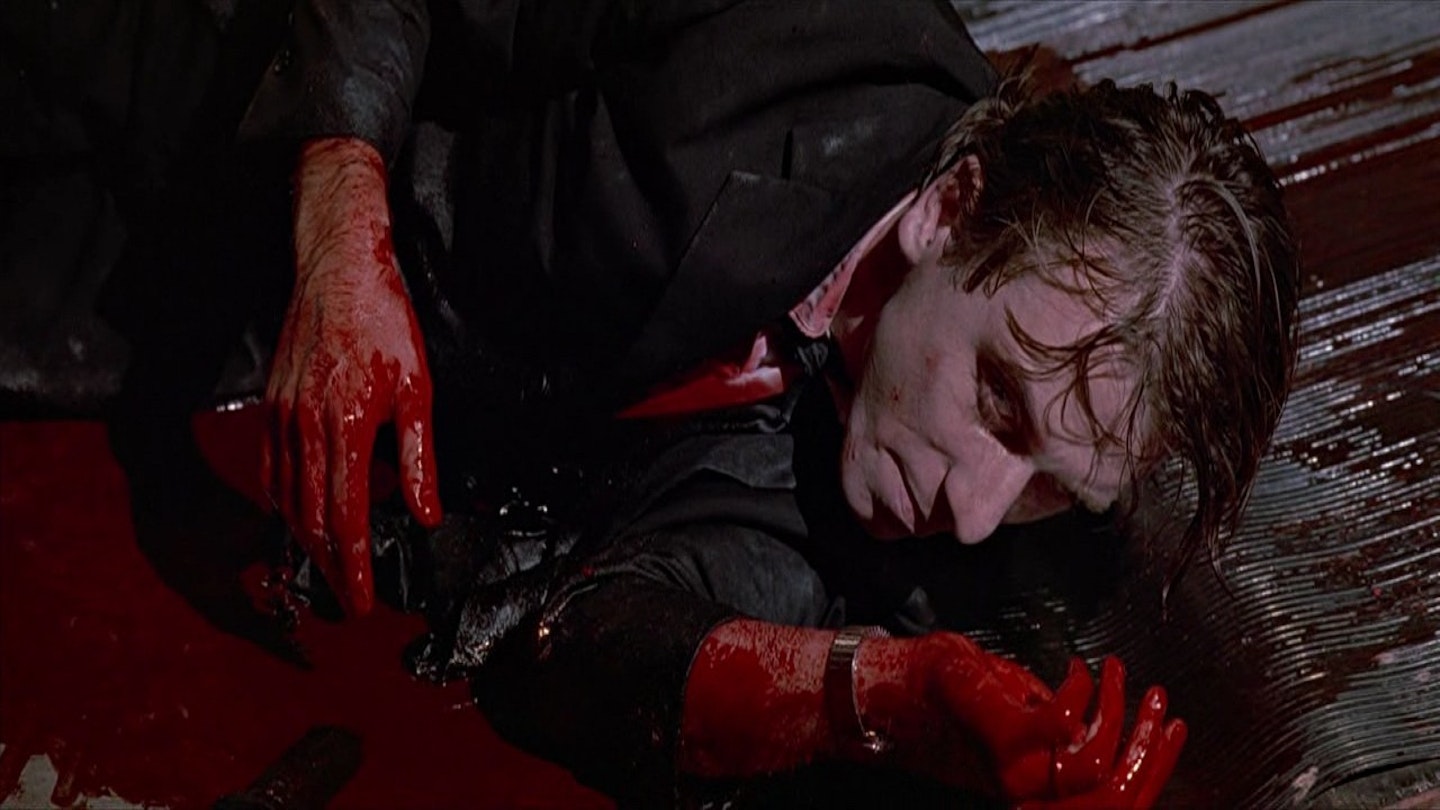
Tim Roth's character, a deep-cover detective who infiltrates a gang only to have figurative and literal blood on his hands (the woman he shoots is in fact Tim Roth's dialect coach, Suzanne Celeste), adds the film's most important wrinkle. Orange's relationship with White provides the film's humanity; Orange acts as the audience surrogate, reminding us that for all their stylish suits and witty wisecracks, these are still Bad Dogs.
8. The Unseen Heist
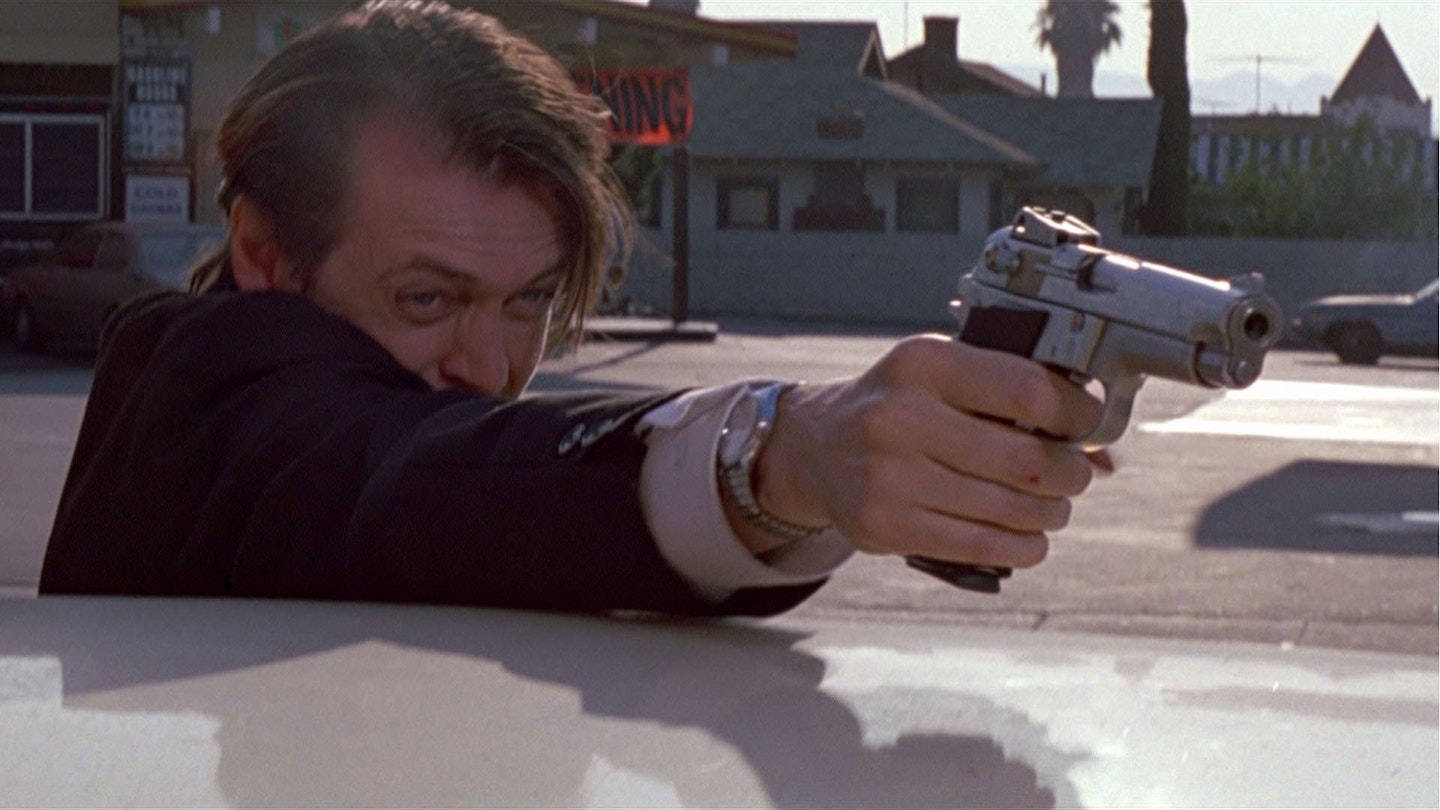
The bungled jewel robbery at the centre of the film is never seen on screen, save for a few glimpses of the police chases that followed. This was initially due to the film's tiny million-dollar budget – but it works for the story, too. Restricting most of the action to the warehouse gives the movie a lean, spare feel, lets the action detonate in the dialogue, and sharpens the focus. Just as Jaws was "not about the shark", so Reservoir Dogs is not about the heist.
9. The Mexican Standoff
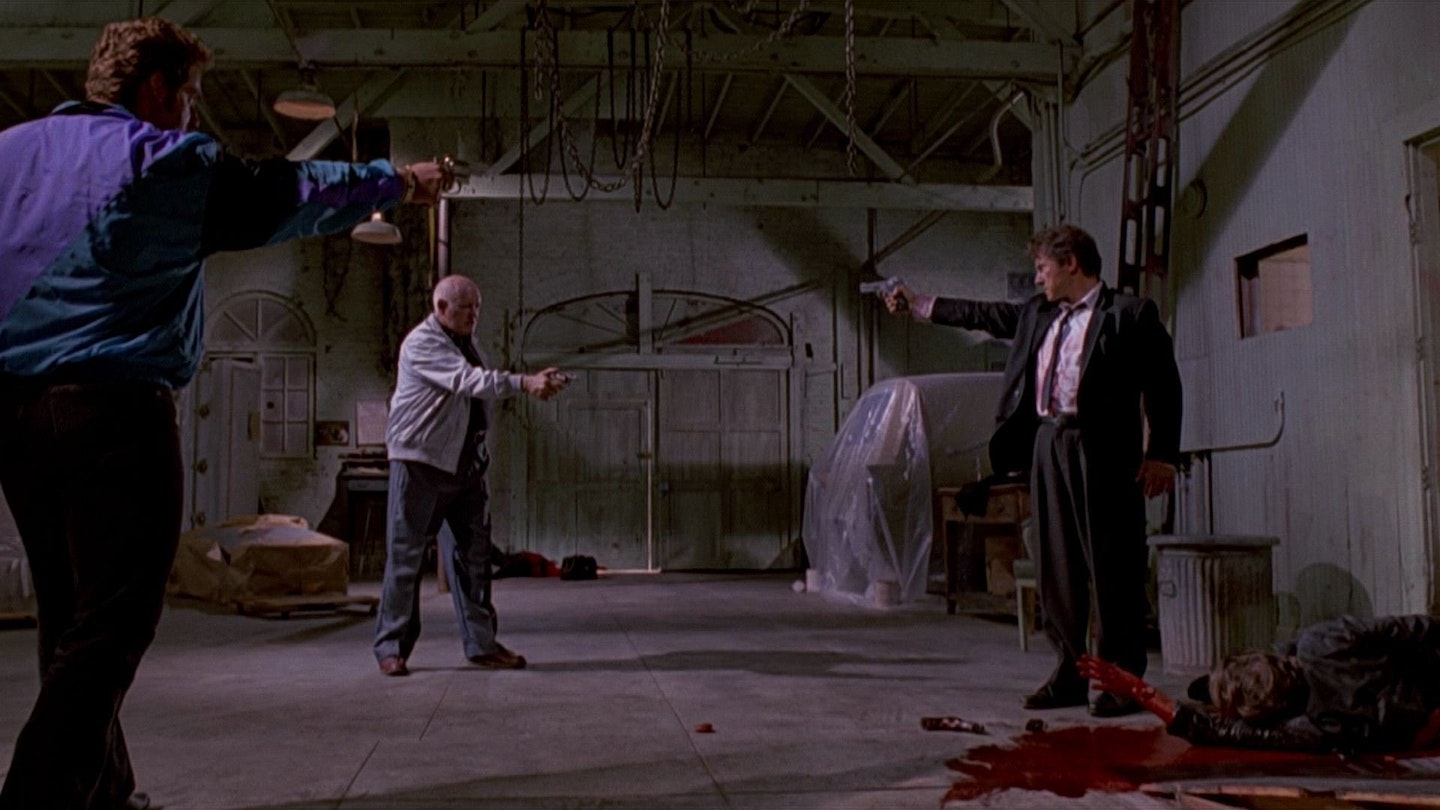
Inevitably, the tension that bubbles throughout the film finally boils over – and though we're in a sweaty LA warehouse, we could just as easily be in the Mojave Desert. The film's classic Western showdown ends things on a thrilling, suspenseful note, while the mystery of Nice Guy Eddie's death went on to inspire t-shirts with the slogan 'Who Shot Nice Guy Eddie?'. (As actor Chris Penn explained to Empire in the late '90s, Mr. White was supposed to shoot Joe and then Nice Guy Eddie – but Penn's blood squib went off too soon for Harvey Keitel to fire at him too.)
10. The Legacy
Reservoir Dogs was not a giant success upon release. Box-office returns were disappointing. Reviews were middling. Pundits warned of gore and blood and nasty words. But the buzz was there from the start, palpable from that first Sundance premiere, and it turned a precocious twenty-something Tarantino into a talent to watch. Its impact on cinema, meanwhile was huge: emboldening a generation of cine-literate filmmakers to realise their vision on whatever scraps they could muster, popularising sprawling structures and dialogue-driven gangster pics, and changing the culture as we know it.
The Reservoir Dogs 25th anniversary issue of Empire is on sale now. Buy the single issue online here. Subscribe to Empire here{
